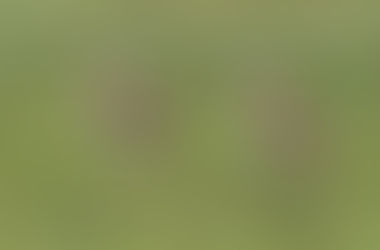Expect the unexpected!
- Dave and Henriette Rieger
- Jan 15, 2017
- 2 min read
There was great consternation amongst our guests when we came across this giraffe happily chewing on a piece bone from a wildebeest carcass. The bones were left on on Fig Tree Plain after a lion kill a few weeks earlier.
One of the guests confusedly remarked; "I thought you said giraffes were herbivores - only browsing on a wide range of trees and bushes; are they herbivores or carnivores".

Amidst loud laughter from the other guests we set out to explain that while this is normal giraffe behaviour, it is not observed all that often and that we are quite lucky to witness it firsthand. The behaviour is not only limited to giraffes but also occurs amoungst other herbivores.
Herbivores will resort to eating bone fragments and soil to obtain trace elements, salts and minerals that supplement their dietary requirements.
The behaviour we were witnessing is termed Osteophagia. This phenomenon is generally observed in the dry winter months when trace elements such as calcium and phosphorus are not readily available from their normal plant diets. The fact that we were observing this in December is most likely due to the dry conditions during the early part of summer. Kudu is another species often observed practicing Osteophagia.
A closely related feeding habit that occurs more widely across species is Geophagia. Geophagia meaning earth eating. Many species eat soil as a means of supplementing their diet with trace elements. As is the case with Osteophagia this mostly occurs during the dry session when plant material they consume lack some of the basic trace elements they require. After soil feeding the dung can have a high dirt content and result in dung that is grey in colour.
The photographs below show examples of a klipspringer and giraffes practicing geophagia in the Sterkstroom Valley close to Inzalo Safari Lodge.
Seeing these majestic, beautiful animals in the wild always provides a thrill, but observing and understanding some of their behaviour adds richness to the safari experience. One is always rewarded when spending time at a sighting to observe animal behaviour.































